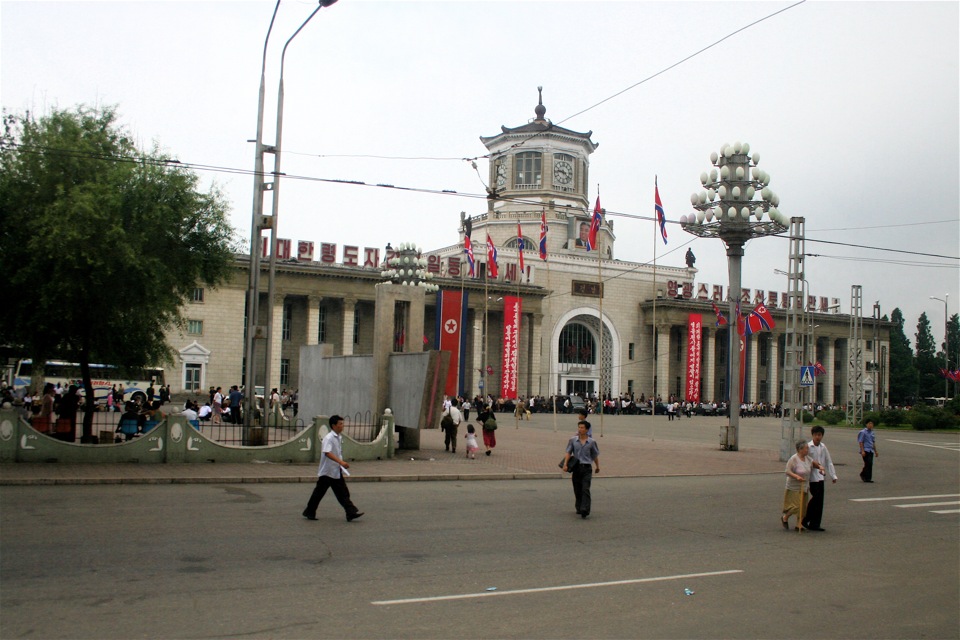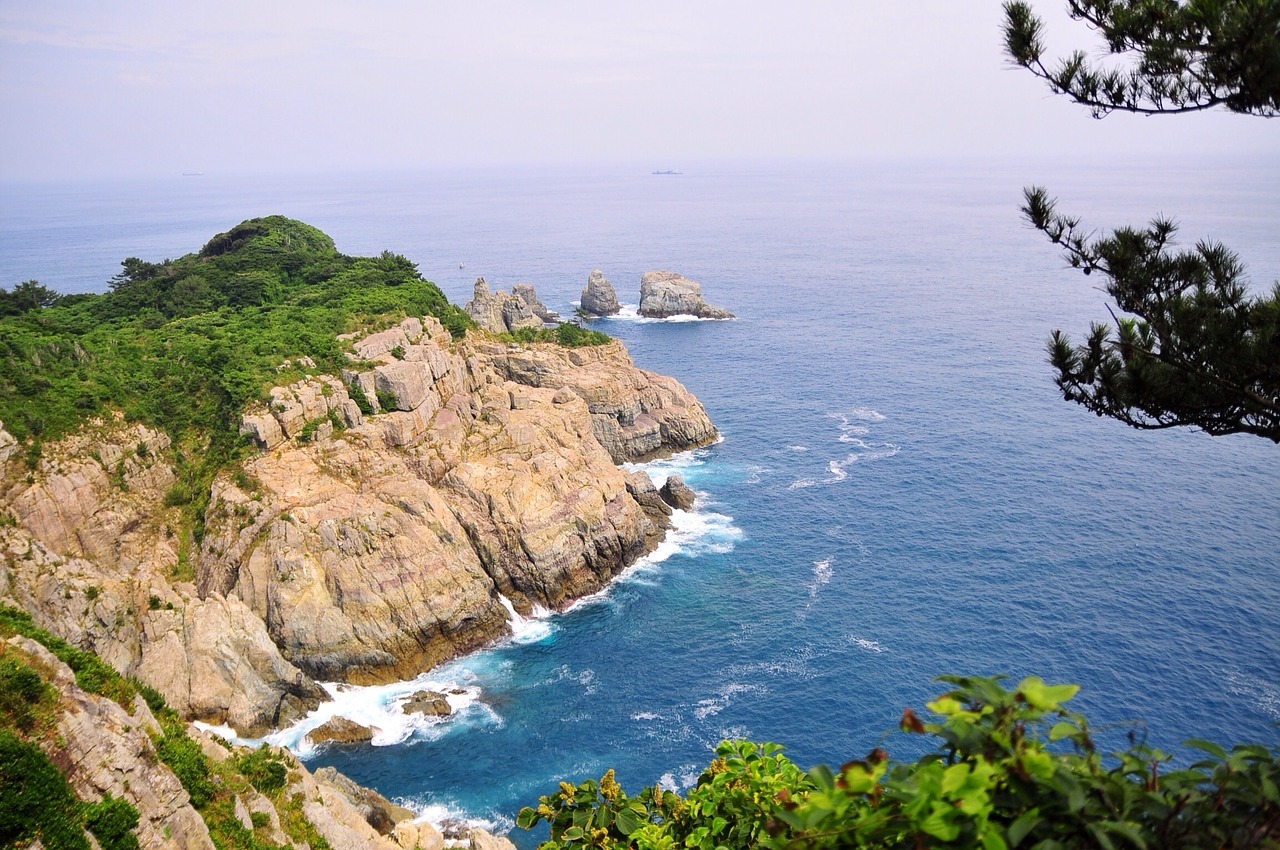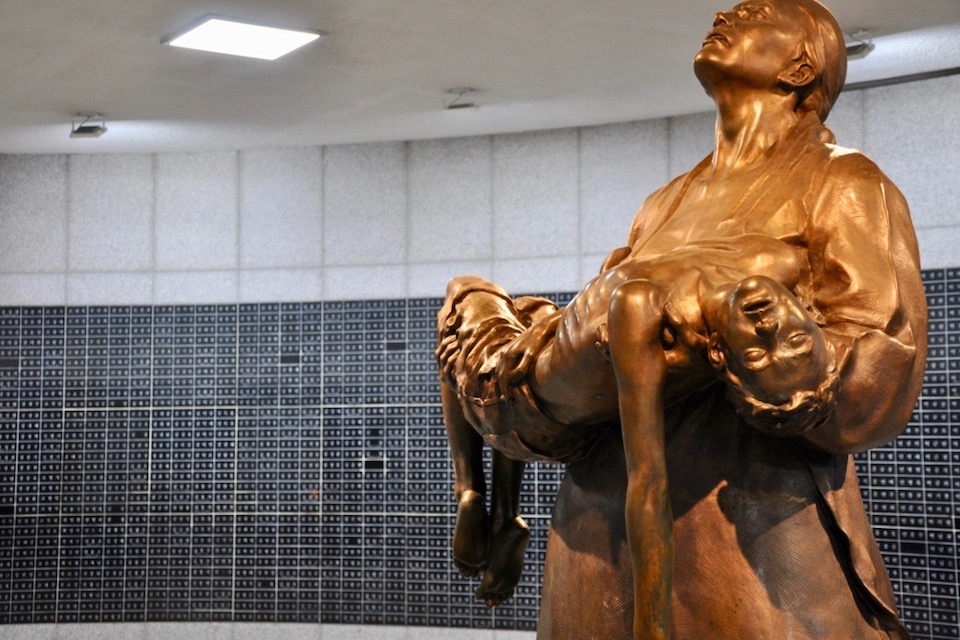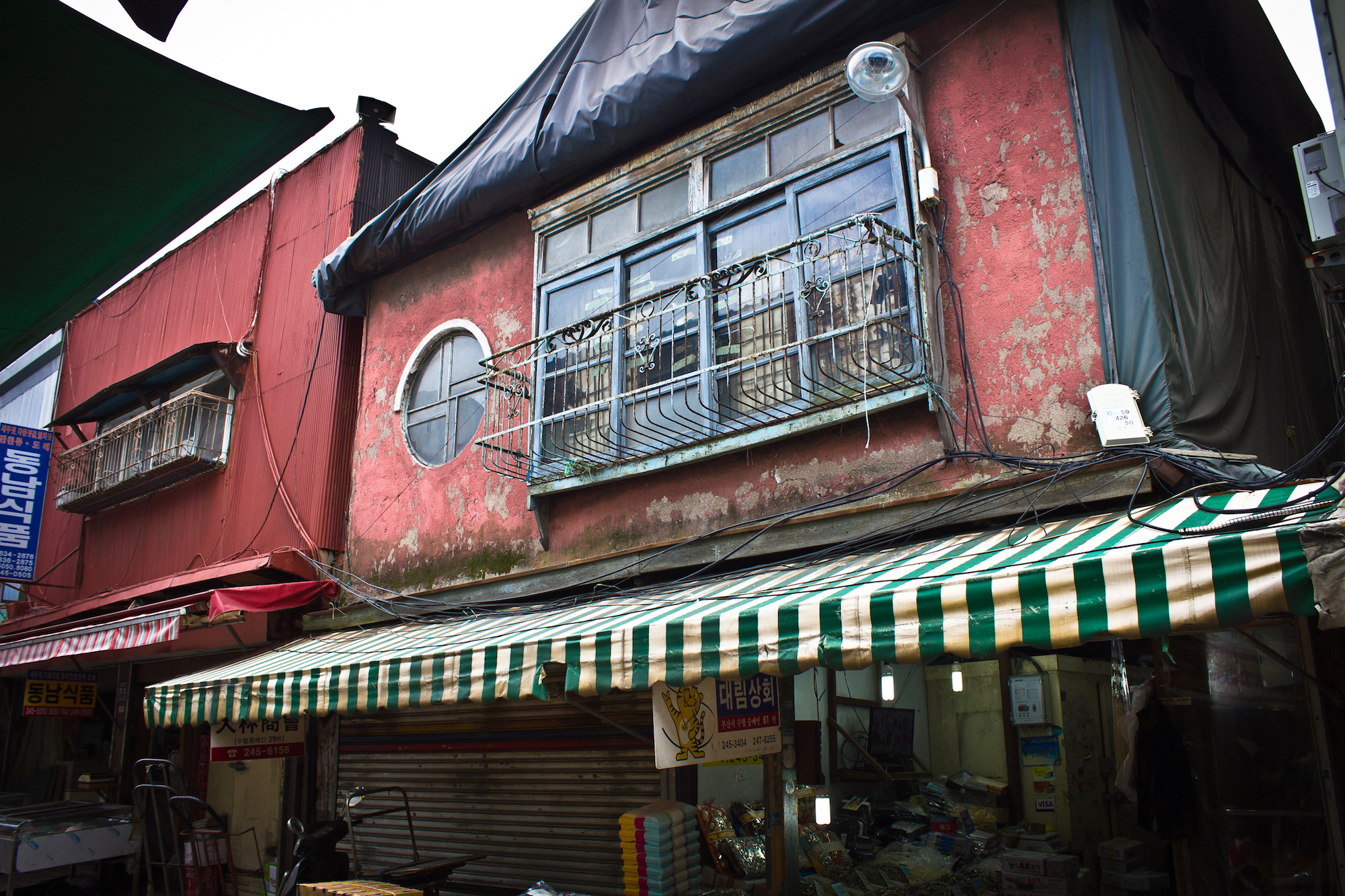travel
26000
Who Are the Agencies Behind North Korea Tourism?
When hundreds of foreign journalists visited Pyongyang in April to cover North Korea’s latest military parade, Otto Warmbier had already been in a coma for about a year. And nobody knew. Earlier this month, Warmbier’s parents received the first update about their son’s condition since Jan. 2016,
Islands to Visit in South Korea This Summer
Go to South Korea, and everyone will know these two islands: Jejudo in the southern end of the peninsula, which attracts over 15 million international and local tourists annually; and Dokdo, which is more a cluster of undistinguished rocks in the sea, famed for being at the center of the
Gwangju: the City of Democracy
Gwangju, in the southwest of South Korea, is admittedly hard to sell as a place to live or even visit. The economically stagnant former capital of South Jeolla Province, it doesn’t have glistening shopping malls, stunning architecture or expansive green spaces. Mixing drab residential areas with industrial
Songdo: No Man's City
If one were to crown the most bizarre city in South Korea, many users on r/korea would undoubtedly pick Songdo. Officially known as the Songdo International Business District, this 40 billion USD project is promoted as a smart, green, low-carbon city a fifteen-minute drive and a short flight away
Finding Remnants of Colonial Architecture
After Korea’s liberation from colonial rule in 1945, feelings were running high. Many Koreans called for the destruction of prominent colonial-era structures, not least the Shinto shrine on Namsan and the Government-General building in Gwanghwamun. Perhaps fortunately, critics noted that such plans were impractical as any demolition policy



